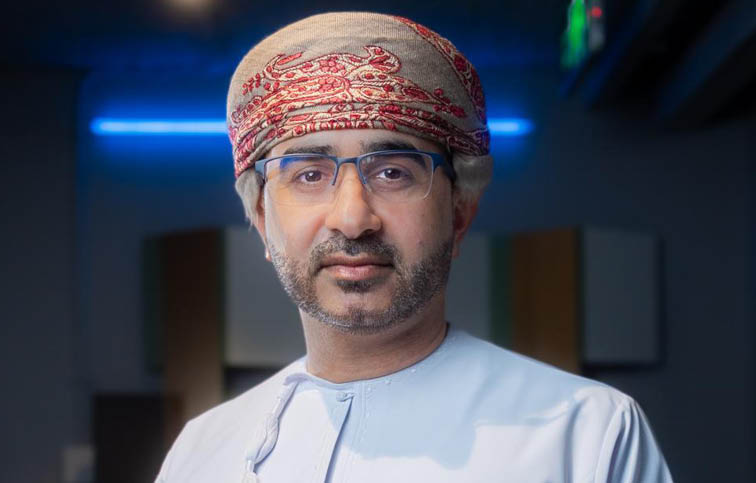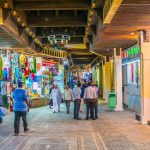Duqm: Business leaders often talk about spotting the next big thing. The circular economy may be one of them, but unlike many trends it is rooted in the urgent need to rethink how we use the planet’s resources. Advocates stress not only the environmental necessity but the economic opportunity.
The World Economic Forum estimates circular models could unlock US$4.5 trillion in benefits by 2030, while the Ellen MacArthur Foundation has tracked a more than twenty-fold increase in public equity funds focused on circularity since 2019. Capital is tilting. The question is whether companies, policymakers and investors can keep pace.
That question will be at the heart of the next Duqm Now discussion, 7:30pm Wednesday 17 September at the Crowne Plaza Hotel Duqm. The evening brings together Hussain Al Lawati, CEO, Development Bank; Dr Aisha Al Sarihi, Environment Advisor, Ministry of Economy; and Dr Mohab Al Hinai, VP, Sustainability & Circular Economy at be’ah. The session, moderated by Talal Al Shahri, Director of Specialised Radio Stations at the Ministry of Information will range from finance and policy to strategy and practice.
The debate is long overdue. Global circularity has slipped from 9.1% in 2018 to just 7.2% in 2024, according to Circle Economy’s latest report. E-waste is climbing relentlessly – 62 million tonnes in 2022 and on course for 82 million tonnes by 2030 – yet only 22% is formally collected and barely 1% of rare earth demand is met through recycling. This is more than an environmental failing; it is an economic risk. Omani companies tied to ‘take-make-dispose’ linear supply chains remain exposed to volatile commodity prices lithium and nickel among them – and fragile logistics, illustrated by the wave of tariffs introduced under President Trump’s administration that continue to reshape global trade flows. Those designing for reuse and recovery, by contrast, are already building resilience and tapping new sources of growth.
The choice of Duqm is deliberate. Oman’s ambition to reach net zero by 2050 is no longer a statement of intent but an organising principle with the Oman Net Zero Centre coordinating national efforts. At the heart of Duqm’s development, SEZAD and the Port of Duqm have built integrated infrastructure from utilities to logistics laying the groundwork for industrial symbiosis, where tenants turn each other’s outputs into inputs, minimizingwaste and maximizing efficiency.
For Eng Ahmed Akaak, CEO, SEZAD, circularity is now a commercial necessity. “Our manufacturers are exporting into some of the most demanding markets in the world,” he said ahead of the event. “The EU is moving rapidly with sustainability frameworks such as digital product passports and the carbon border adjustment mechanism. To remain competitive, Duqm’s industrial base must conform. Circularity is no longer a peripheral issue, it’s central to export success.”
That competitive edge matters. In Europe, the bioeconomy already contributes US$1.6 trillion in value added, around 11% of GDP. The lesson is that circularity, when taken seriously, can be a growth driver rather than a compliance burden. Duqm’s test will be whether finance can underwrite circular ventures, how far policymakers can accelerate adoption and the extent to which business leaders can reimagine operations in ways that reduce waste while enhancing profitability.
If the circular economy is to move beyond rhetoric, it will be because places like Duqm have found ways to make it work in practice. The opportunity is there but the challenge is to seize it before linear habits and legacy systems harden beyond repair.
Read More
- Gold slips for fourth day as strong Dollar dampens rate-cut hopes
- Bank Muscat : A successful journey in advancing sustainable economic and social development and empowering Omani talent
- BankDhofar powers Oman’s sustainability goals with green finance and energy-efficient initiatives
- Registration opens for Oman’s Digital Excellence Award in the Government Sector 2025
- Minerals Development Oman partners with JSW for RO 204 million South Minerals Project







